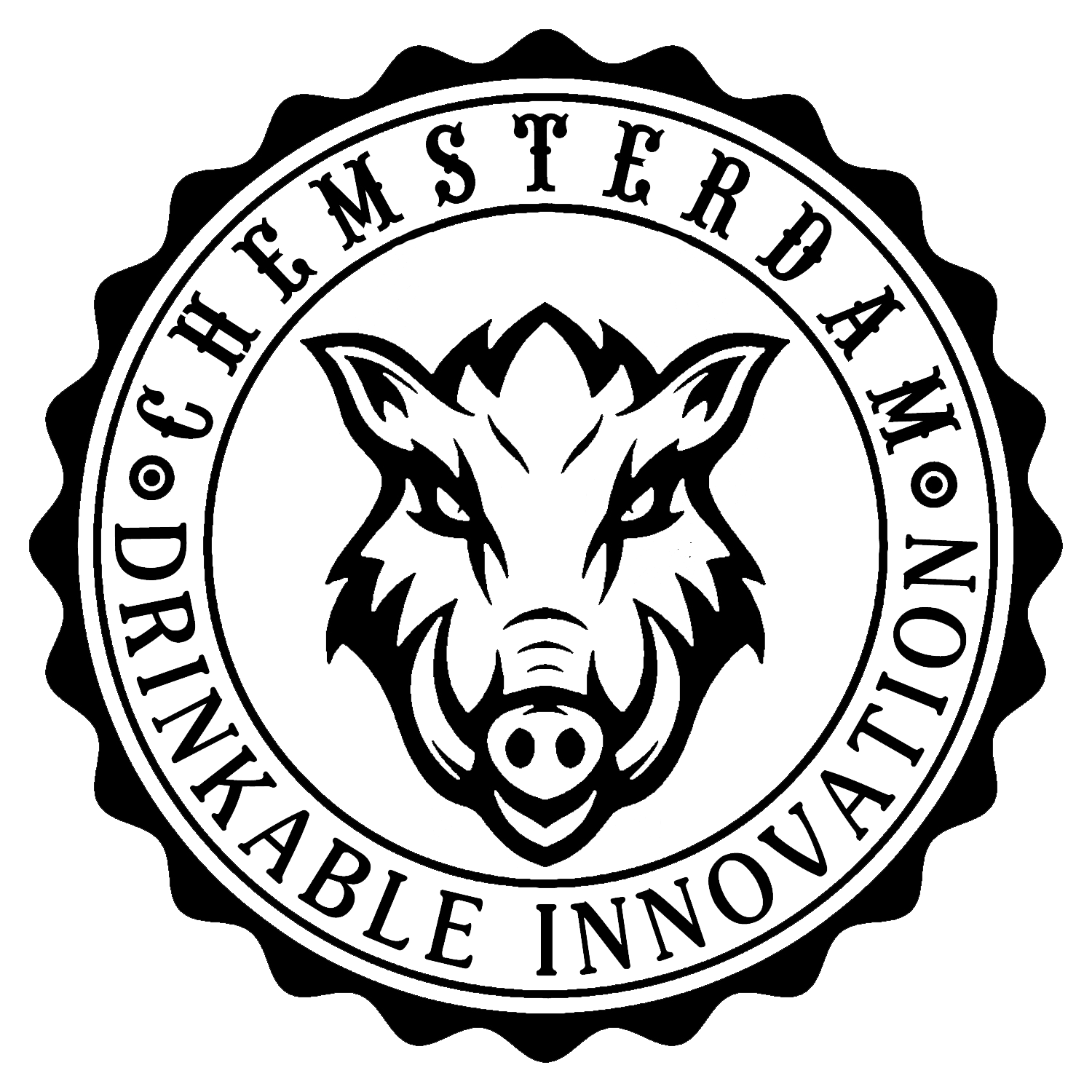Coevorden: the Oldest Stronghold in the Netherlands
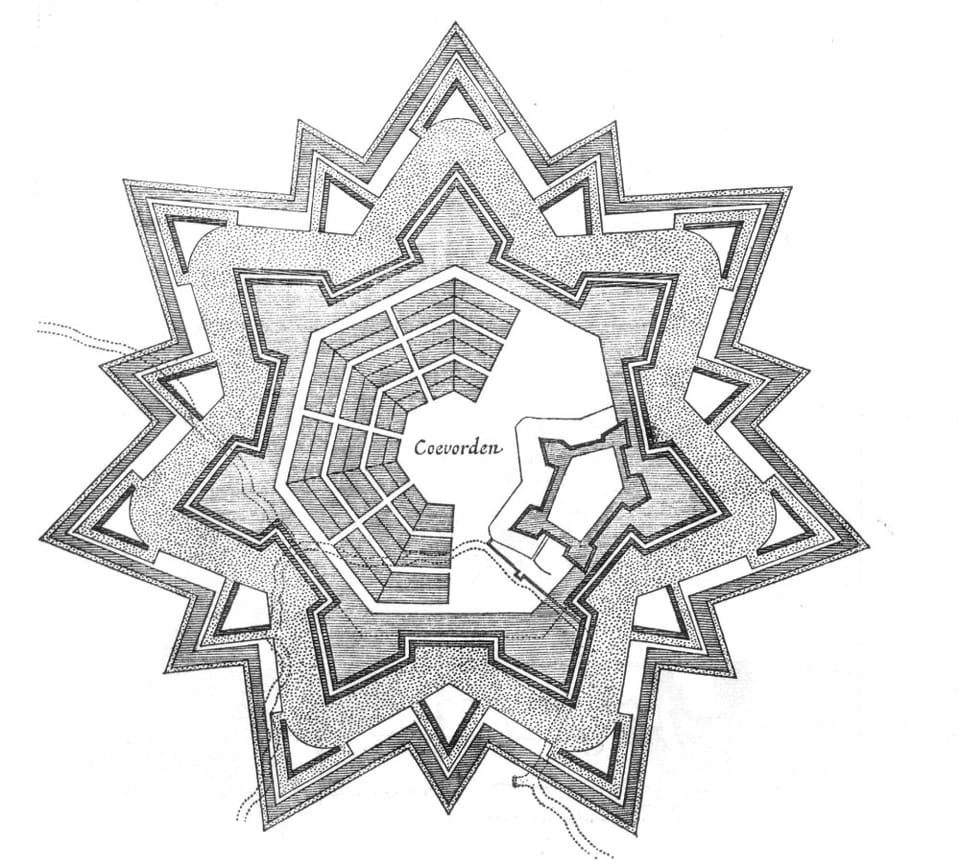
Hans Ngo Wurfbain visited Coevorden on 19th, March, 2025.
Recommendation: ⭐️⭐️⭐️⭐️
Historical Value: ⭐️⭐️⭐️⭐️
Architecture: ⭐️⭐️⭐️
Environment: ⭐️⭐️⭐️⭐️⭐️

A Weird Logic Leads to Such a Small Town at the Border between the Netherlands and Germany
According to data from Statistics Canada, as of the 2021 census, over 20% of residents in the Metro Vancouver area identify as having Chinese heritage. In certain districts, such as Richmond, this figure exceeds 50%.
When talking about Vancouver, we might naturally be reminded of a lesser-known town on the Dutch–German border: Coevorden.
Is Vancouver Named After Coevorden?
There was a man whose last name was Vancouver—his original surname was likely Van Coevorden, which literally means “from Coevorden.”
This naming style is quite typical in Dutch tradition, where surnames often reflect a person’s place of origin.
George Vancouver (1757–1798) was a British Royal Navy officer and explorer. Between 1791 and 1795, he led expeditions to chart the Pacific Northwest coast of North America—including the present-day Canadian province of British Columbia, the U.S. state of Washington, and parts of Alaska.
In honor of his contributions, numerous places were named after him:
• Vancouver – the Canadian city
• Vancouver Island
• Mount Vancouver
• Vancouver, Washington – a city in the U.S. state of Washington
The Origins of Coevorden
The name “Coevorden” comes from the Dutch words “Koe” (cow) and “Voorde” (ford), meaning “a place where cows cross the river.” There is another famous city in the world has similar or same name: Oxford.
Originally a stop along medieval trade routes, it served as a resting and resupply point for farmers and merchants. Over time, due to its key location, it became increasingly fortified in 11th century.
In the 16th century, during the Eighty Years’ War, this small and initially unmilitarized town was drawn into conflict and transformed into a textbook star-shaped fortress city.
Seen from the air, the old city unfolds in radial symmetry, like a lotus flower of defense. Similar designs can be found in Naarden and Bourtange, but those have long been tourist favorites.
Coevorden remains quiet. Not forgotten—just quietly preserved.
A Reflection: Coevorden and Lijiang
Walking through Coevorden, I was reminded of another ancient city—Lijiang, in southwest China.
Both cities grew due to trade; yet one chose to avoid war, while the other was inevitably drawn into it. One in the East, the other in the West. One Dutch, one Chinese—yet their historical destinies strangely intertwine.

Lijiang was once the cultural center of the Naxi ethnic group. It was ruled by the Mu family chieftainship, and sat at the crossroads of Yunnan, Sichuan, and Tibet—an inevitable path for caravans and trade. Surrounded by competing powers—remnants of the Tibetan empire in the north, the Dali Kingdom in the south, and local Yi warlords to the east—Lijiang also had to contend with the distant but powerful Song Dynasty in the east.
The Mu chieftains made a remarkable choice: rather than build city walls for protection, they aligned with the stronger power.
They embraced Han Chinese culture, introduced Confucian systems, and actively sought integration through tribute, education, and even marriage. They prohibited the construction of defensive walls in the old town, signaling their refusal to turn Lijiang into a battleground.
As a result, Lijiang remained a vibrant trade hub, avoiding many of the devastations of war.
By contrast, Coevorden’s story is more defensive in nature. Also a key trade node, it became a fortified outpost, fought over and restructured. Its star-shaped walls are literal; Lijiang’s openness is ideological.
One built physical walls; the other, cultural bridges. These are not matters of right or wrong, but different responses to different histories.
Sorrow for the Wars
If you choose to become a weapon, then understand this — you will not be remembered for your shape or your shine, but for the destruction you leave behind.
You may serve a purpose in someone else’s war, but when the battle is over, you will be discarded like all weapons are: lying silent beside a lifeless body, bloodied, broken, and forgotten.
A tool of violence does not get to choose its story — it simply becomes part of the wreckage.
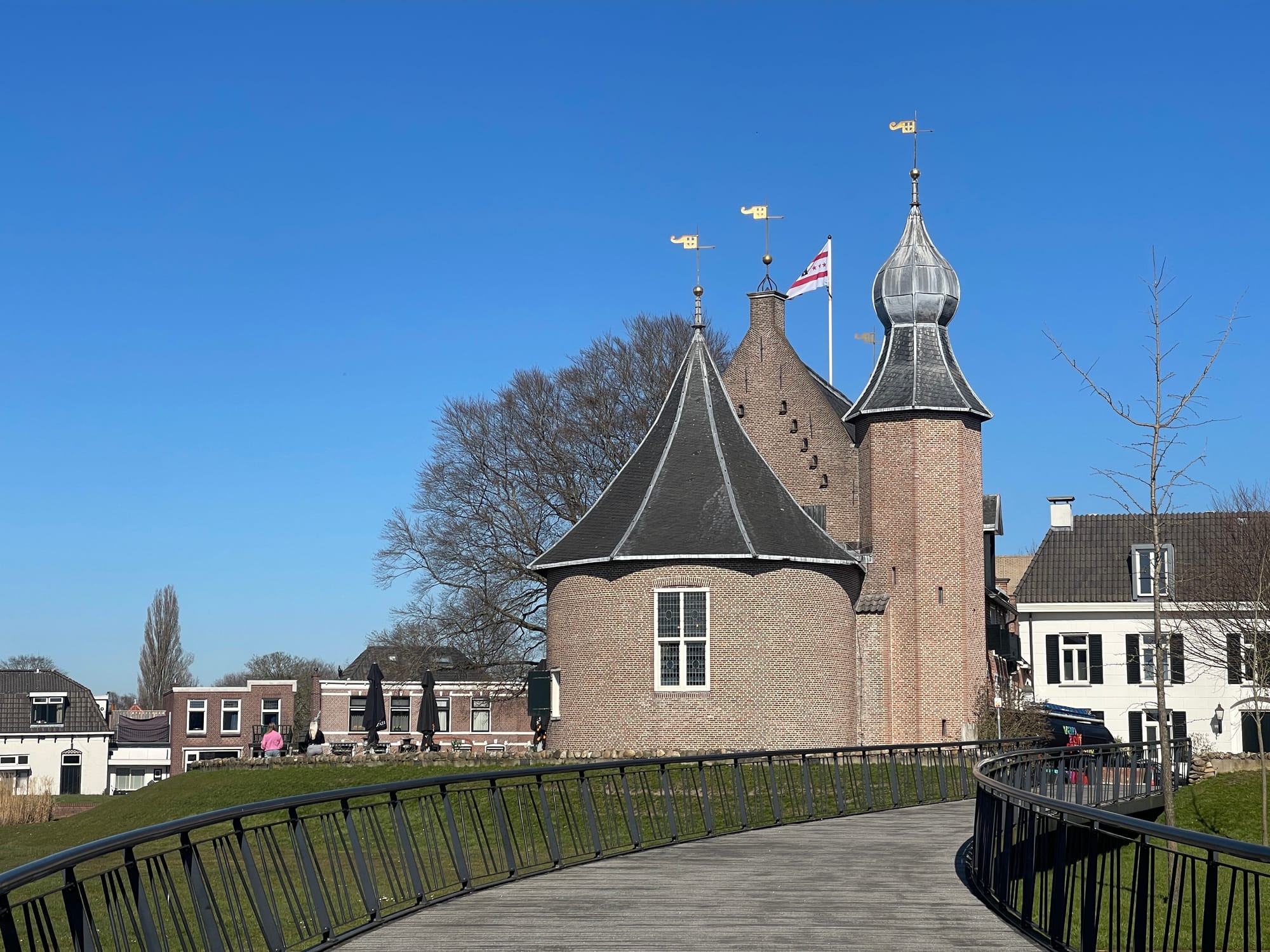
You might think this is just another quiet Dutch border town—a place where the days pass slowly, where canals mirror the sky, and where history lies gently beneath cobblestone streets. But as you stroll past the moat surrounding Coevorden’s castle, your eyes may catch the resolute figure of a bronze bust, standing silent and unflinching.

The inscription reads:
“J.B. van Heutsz, Governor-General of the Dutch East Indies.”
Here stands the likeness of a man once entrusted with the far-reaching arm of colonial power. He governed vast territories in Southeast Asia on behalf of the Kingdom of the Netherlands. For some, he was a bringer of order; for others, a symbol of conquest.
And now, in this unassuming town where he was born, his statue gazes out across a peaceful waterway—his story cast in metal, seemingly frozen in time.
Yet I can’t help but wonder:
Beneath this sculpture of honor, what echoes remain unheard?
How many cries from the jungles of Aceh—of mothers, children, and elders—have been muffled by the passing centuries, absorbed into imperial archives and forgotten by the wind?
The statue may stand still. But history, if we are willing to listen, never truly stays silent.
What Can You Do in Coevorden?
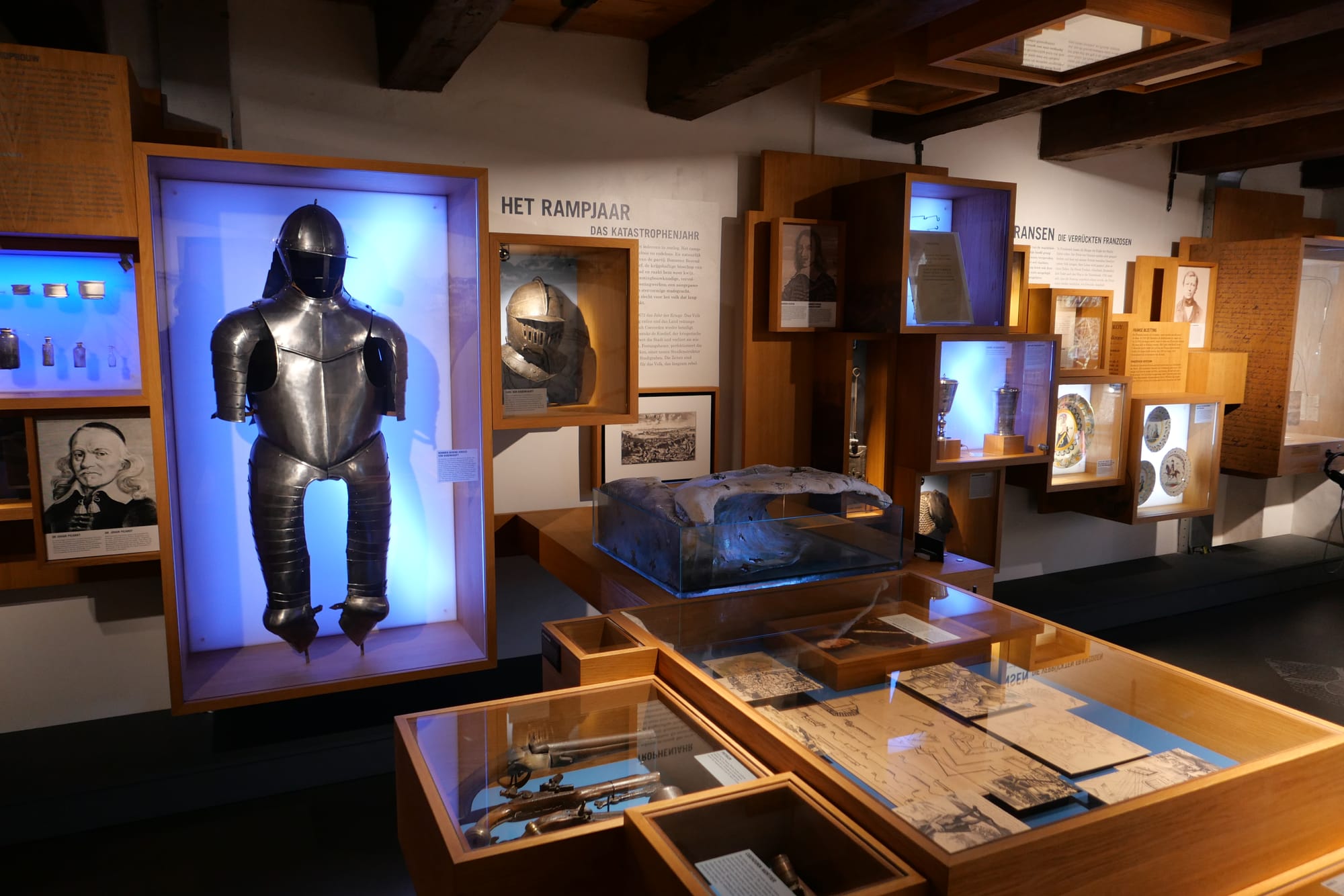

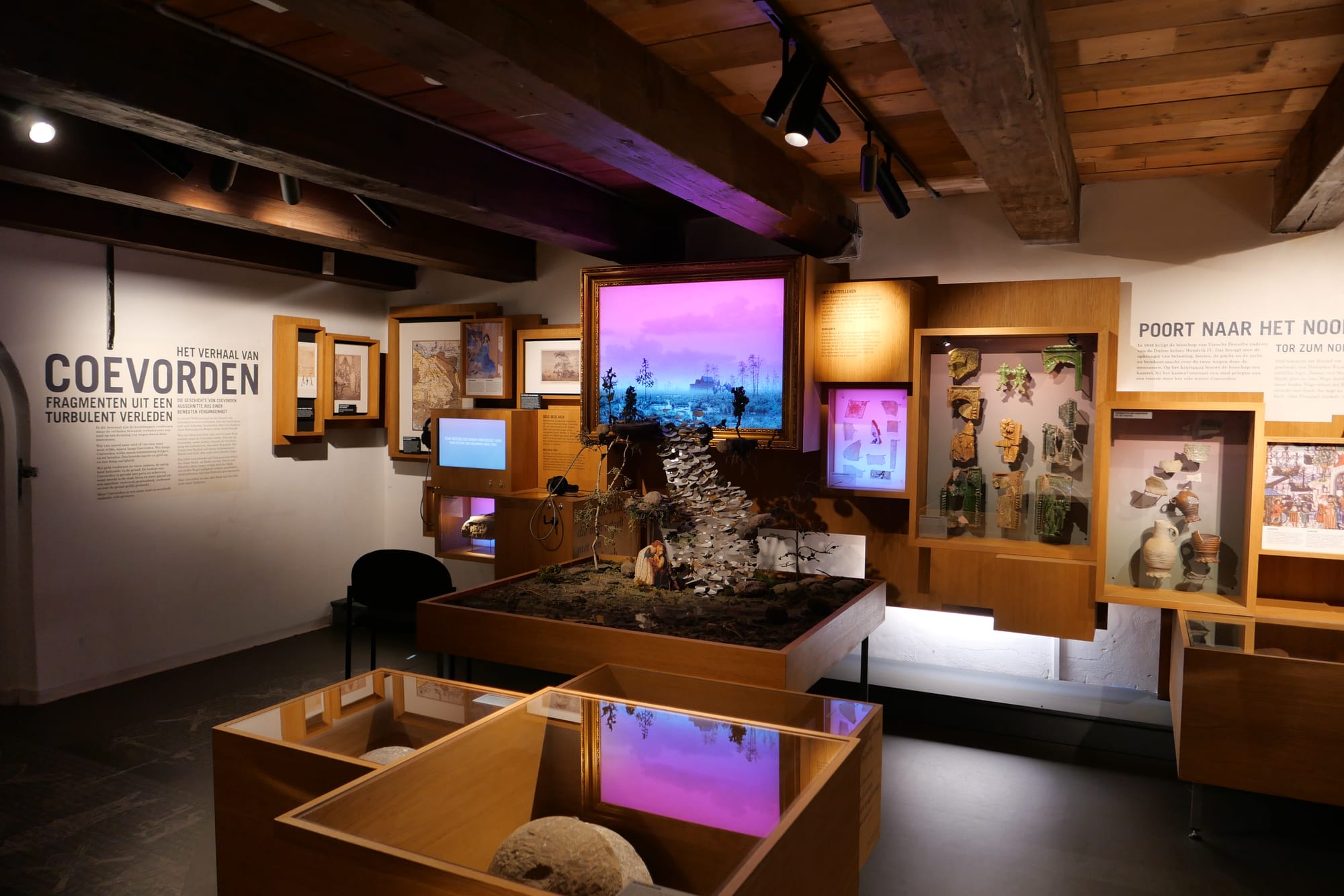

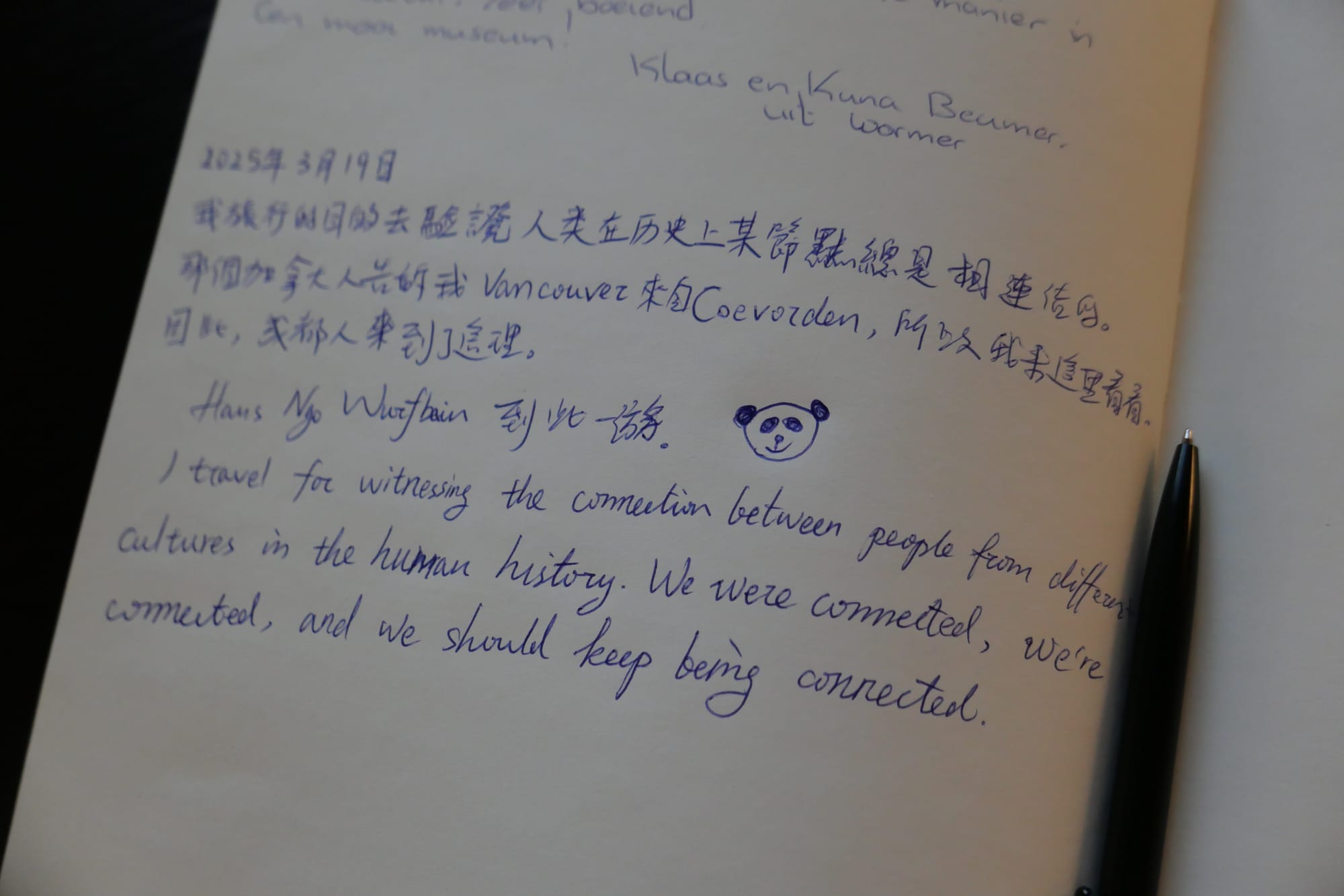
🖼 Stedelijk Museum Coevorden
A small yet elegant museum. With less than 200 square meters of core exhibition space, it provides a concise yet rich overview of Coevorden’s origins and the major historical events that shaped it. The museum also features a variety of historical artifacts.
Website: http://www.museumcoevorden.nl/
🏰 Kasteel Coevorden (Coevorden Castle)
First constructed in the 11th century, this castle has been destroyed and rebuilt multiple times throughout its long military history. Today, it operates as a luxury hotel and restaurant, but the thick walls and surrounding moat still tell stories of siege and strategy.
A walk around the castle is a journey through centuries of European power dynamics.
🚴 Cycling Beyond the Border
The countryside surrounding Coevorden is perfect for cycling. In just a short ride, you can cross into Germany, experiencing the seamless Schengen border and the calm beauty of rural Netherlands. The terrain is varied—ideal for casual bikers or those looking for a taste of transnational freedom.
